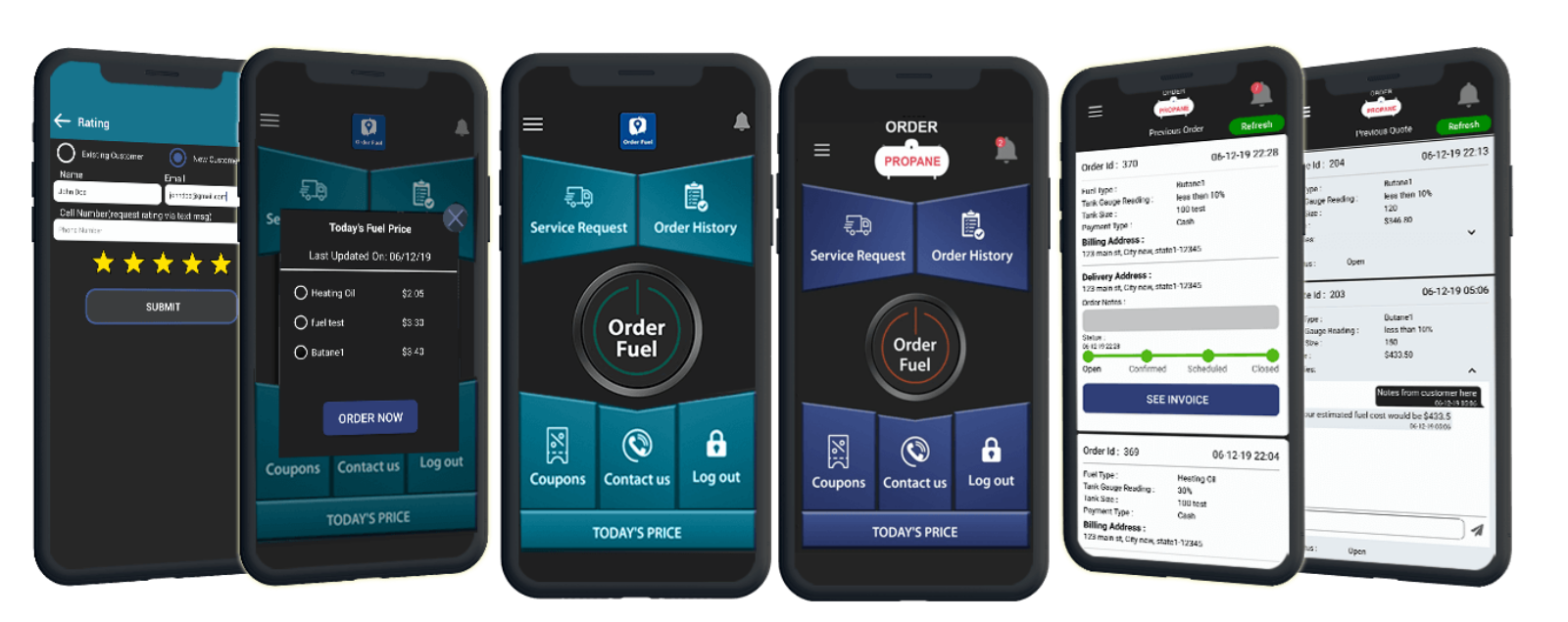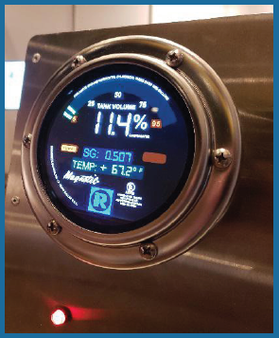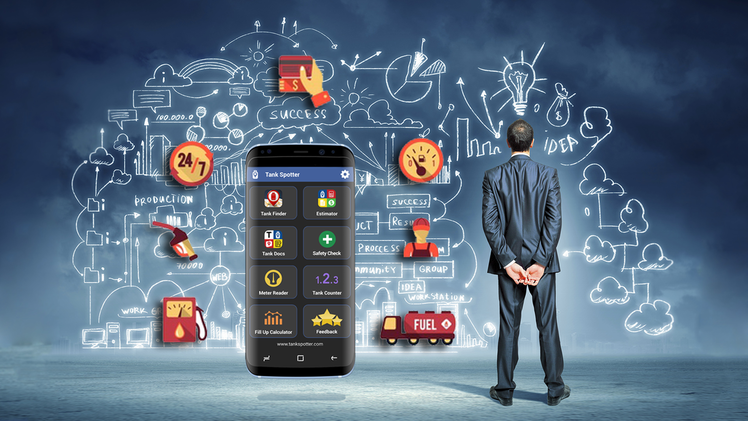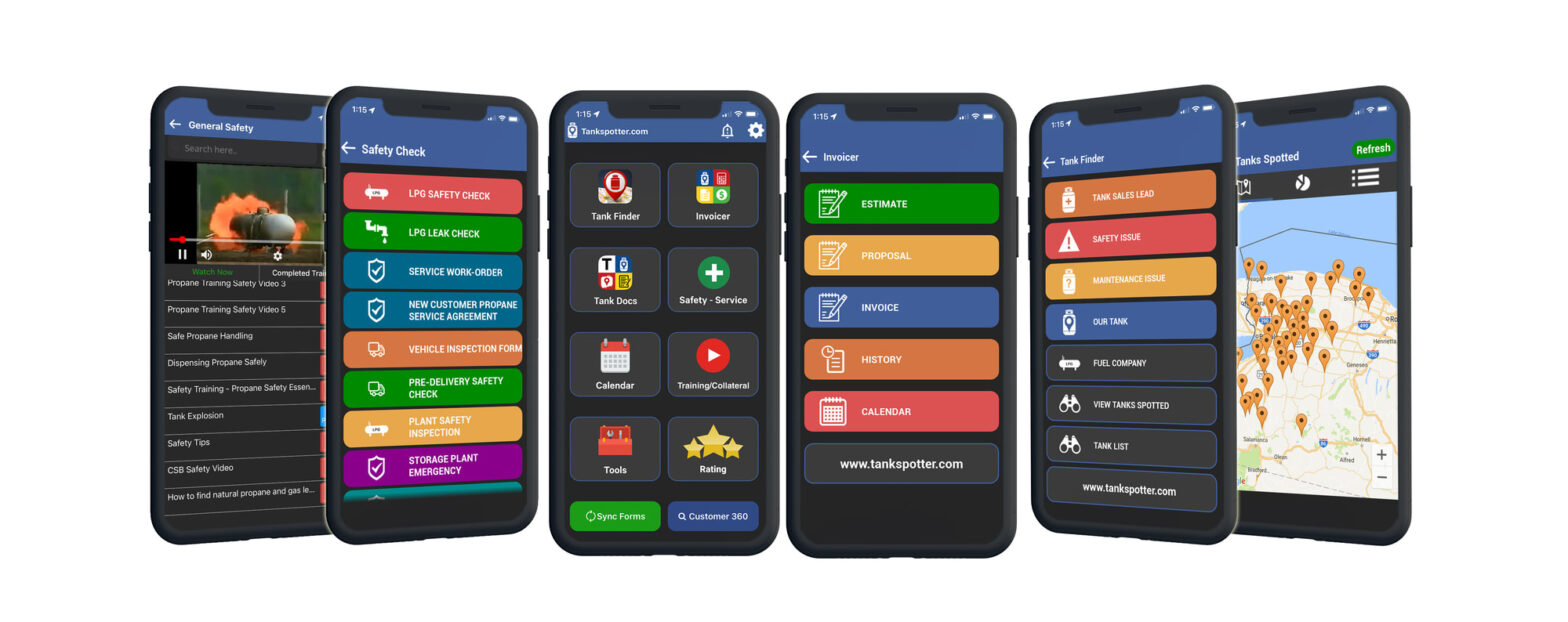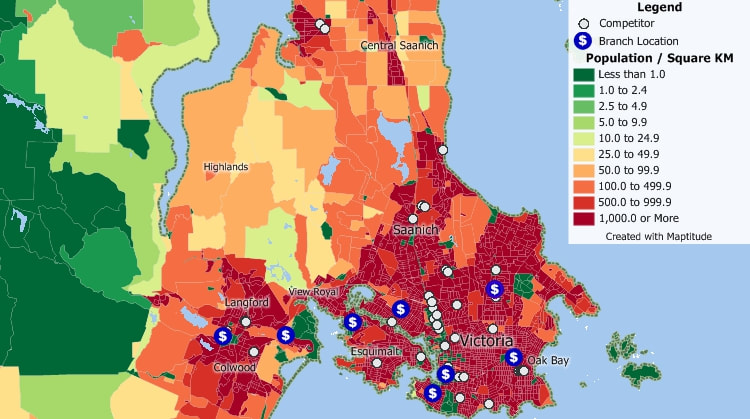Stagnant Sales? It’s Time You Got a Custom Propane App for Your Business
The propane business is not what it used to be. You can no longer place an ad in the local directories, sit back, and wait for customers to call you for a new propane tank. Gone are the days when customers had a choice of a few companies to fulfill their energy needs. Today, there… Continue reading Stagnant Sales? It’s Time You Got a Custom Propane App for Your Business

